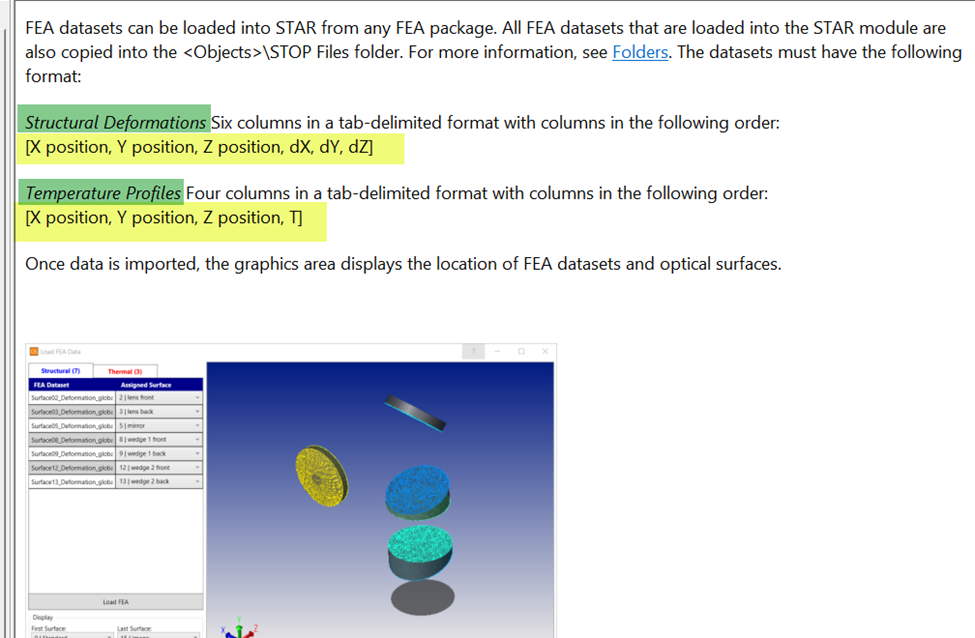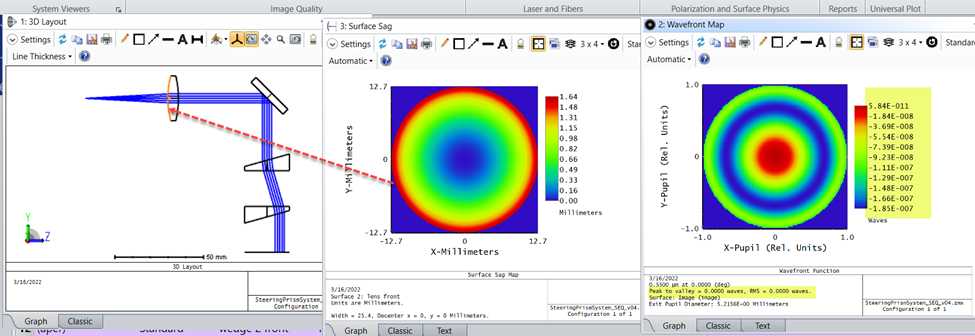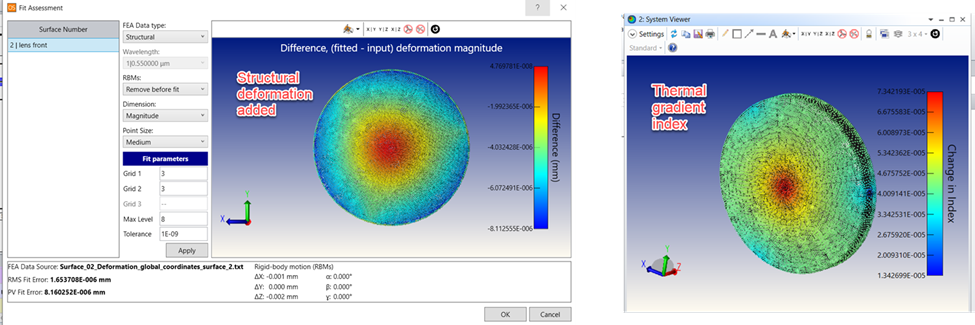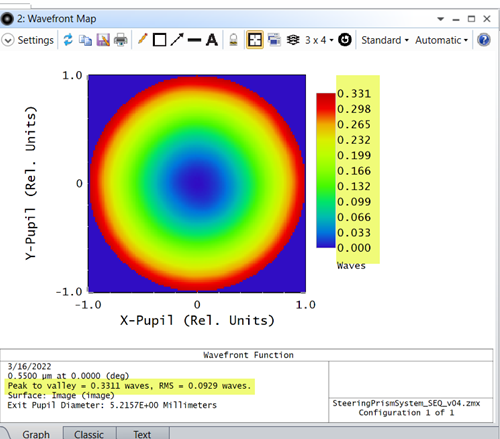Join us for our monthly “Ask an Engineer” event! Submit your questions between now and March 17th. The event will be hosted on this thread in text form with a focus on the spotlighted topic:
Topic: STAR: Bring structural and thermal analysis results into OpticStudio
Hide contentShow content
Predicting the optical effects resulting from mechanical stresses or thermal variations is an important step in creating a valid digital prototype. Ask your questions about modeling surface deformations due to mechanical stress, expansion or compression of components due to temperature changes, temperature gradients or changes across a system, and effects of temperature on index of refraction.
Dates: March 4th - March 17th
Live Discussion Time: 8am - 9am PST, March 17th
Engineer:
Submit your questions as a reply to this thread between now and the end of the event. Items may be added in any supported language (English, Japanese, Chinese). Questions added to the discussion will be answered starting 8am Pacific on March 17th. Once the event is concluded, the thread will be closed.
If your question pertains to a particular file, the question may be moved to a private support case. In that situation, your license support status will be considered.








